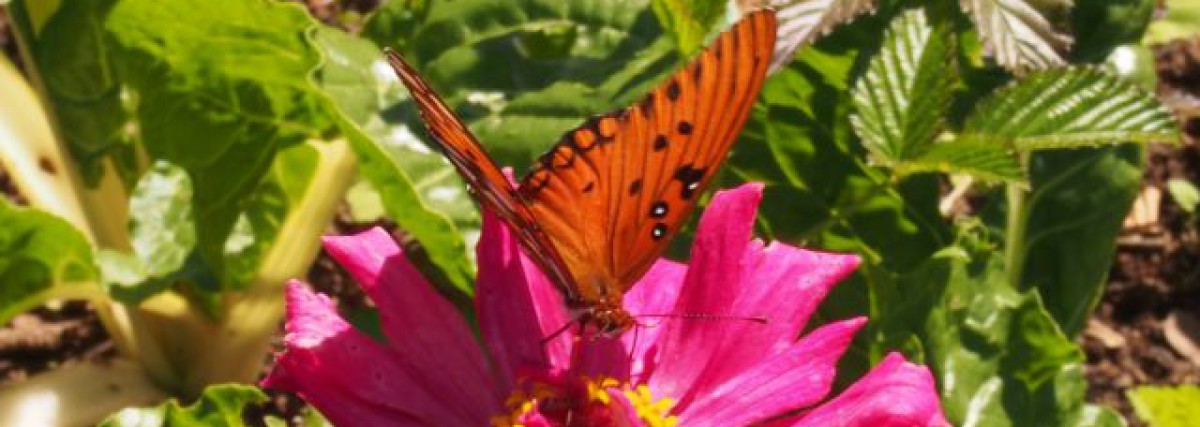Eight years ago when I was working full time and all my growing activities took place in an Atlanta subdivision, I convinced myself I had to buy a soil test kit. I splurged and bought a LaMotte model STH-4 (sounds like a revved up sports car) which is described as a “professional soil testing outfit” and, in addition to pH, can test for nitrate nitrogen, phosphorus and potassium. Needless to say, after a cursory test with meaningless results, I packed the model STH away and it has now resurfaced, in my hour of need when, with temps in the teens (before adjusting for wind chill), I need to do something worthwhile.

I decided to take a soil sample from an area where I have done no growing so I will know what the unadjusted soil is like, and from my compost heap. I know I should be focusing on the condition of the soil in my growing area but I have several months of winter ahead to sample more widely.
The LaMotte instructions for taking soil samples are very detailed – after all, if the sample is not representative of what you are interested in, the results may be skewed. I took the samples carefully and allowed them to dry out in the green house and then ground them through a metal tea strainer to obtain a powdery sample for the tests. I followed the procedures carefully. Basically you fill a measured test tube with an extracting solution, then add the measured soil sample and shake for one minute and filter the soil suspension into a second tube. The filtrate in the second tube is the general soil extract used for the tests.
For the nitrate nitrogen test you take a measure of the soil extract and add two different nitrate reagents, mix and allow to stand for 5 minutes and compare the color with the nitrate nitrogen color chart. For potassium (potash) you take a measure of the soil extract, add two potassium reagents (the second reagent causes precipitation if potassium is present) and then you place an empty calibrated narrow tube on white plexiglass which has a solid black line down the middle. You slowly add the mixture to the narrow tube until the black line just disappears. The calibration on the tube tells you how much potassium lbs you have per acre. Finally, the phosphorus test is like the nitrate nitrogen test – you dissolve two potassium reagents in a measured soil sample and compare the color with the phosphorus color chart.
I performed the tests on my soil sample and the results were – zilch, or insipid if I were to be charitable. I immediately thought that the chemicals in my soil testing kit had deteriorated. So, before testing the compost sample, I decided to do an extreme test – I found some chemical fertilizer 13:13:13 (over 10 years old since I don’t use the stuff anymore). And reran my tests. And the results were off the wall – or certainly off the LaMotte charts for intensity. Reassured somewhat, I then ran the tests on my compost sample – and it was interesting. Mediocre nitrogen but strong potassium and phosphorus. I will now extend my testing and improve my procedures and hopefully gain useful knowledge of my soil conditions and my growing practices.
I also tested for pH using a Hanna pH meter. This also takes practice – if the electrode is not properly cleaned (I use an electrode cleaning solution) and properly stored (I use a storage solution) the results can be erratic. My compost is showing a pH of around 6.5. More food for thought.
